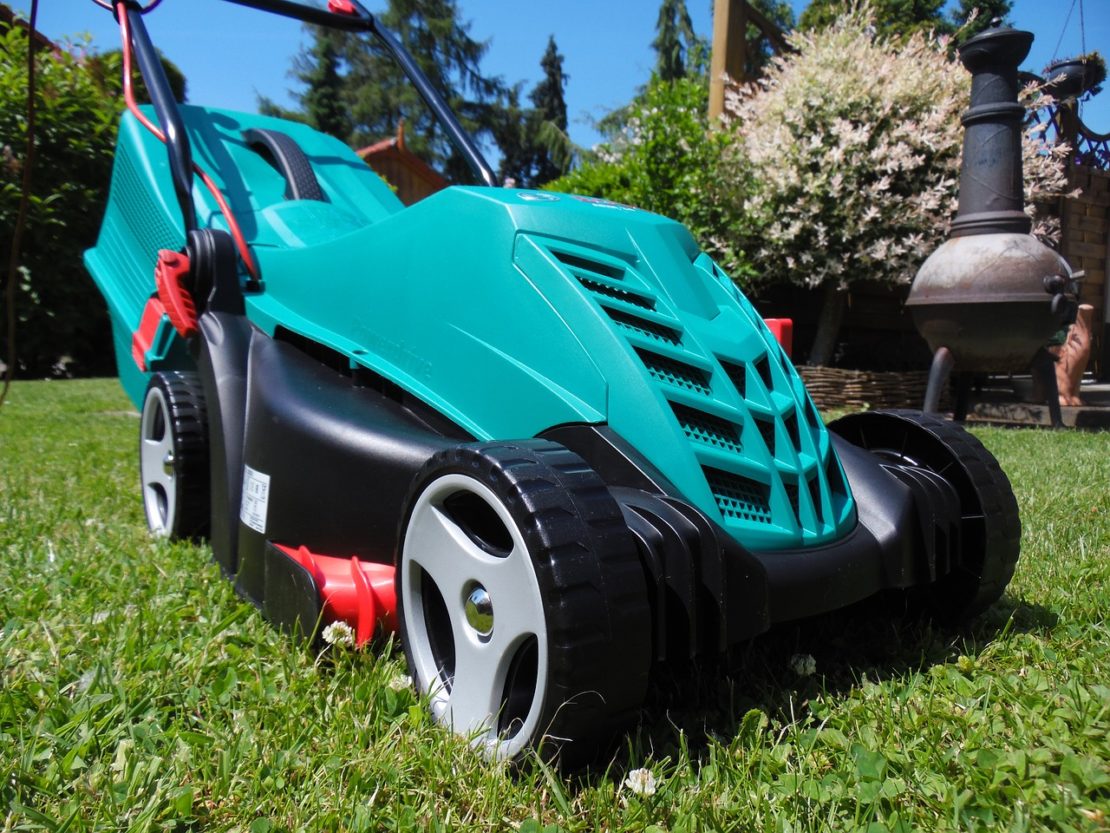Marvida homebuilders fully sod the front and backyards of their homes. That means first-time homeowners like you will start out with a beautiful green lawn. How do you keep it that way? Here’s our quick guide to lawn care:
Do You Have a Rake?
When it comes to lawn care, a rake is as important as a lawnmower. In the early spring, you will want to rake your lawn before you do anything else. Raking loosens clumps of soil and alleviates the layers of leaves, roots and dead grass that builds up between live grass and the soil. That build-up, called thatch, can keep moisture and air from reaching the grass. Use a spring tine rake and don’t rake when the soil is soft or muddy. Doing so can tear up your lawn.
Buy A Core Aerator
Another way to deal with thatch is to use a core aerator. These devices really dig into the soil to help air, water and nutrients reach the roots. Plan to aerate your lawn every two or three years in the spring or summer. If your backyard sees a lot of action, you might want to aerate more often.
Bring Out the Fertilizer
Yes, lawns need to be fertilized, too. In the spring, fertilizer should be applied about three weeks after the grass starts turning green. You can also wait until after the first two or three times you mow. Talk to the people at your local gardening center to find out what fertilizer will work best for your lawn. Crabgrass can be a problem in the spring, so choose a fertilizer with a crabgrass preventer. Make sure you spread the fertilizer evenly across the lawn.
Plant Grass Seeds
In the spring, check your lawn for bare spots. If there are any, you should buy grass seed. Remember that grass planted in the spring may need extra care in the summer, including more water and time spent weeding.
Check Your Yard’s pH
Most grasses grow best when the soil pH is between 5.8 and 7.2. If there is too much acid, there will be more weeds, insect pests and diseases. You don’t need a degree in chemistry to check if the soil is acidic. You can purchase pH soil test kits at your local gardening center.
How Much Water?
How much water does your lawn need? That depends on where you live, what the weather has been like and what type of grass you have. In general, you should provide an inch of water per week. Water early in the day in the spring and summer to avoid having it evaporate before it can get to the roots. If you aren’t sure if your lawn is moist enough, step on and off the grass to see how quickly the blades bounce back. If it’s pretty slow, it may be time to get out the garden hose.
Mow, Mow, Mow Your Lawn
You don’t need to set a mowing schedule. Mow your lawn when it looks like it needs it. You will probably be mowing more often in the spring. Check your lawnmower’s settings to see if there is one recommended for your specific type of grass. If you can, mow in the early evening when temperatures are cooler to prevent the newly cut lawn from drying out. Never mow if it is wet. Remember that longer grass blades encourage deeper roots so don’t cut the grass too short. Use your rake to gather lawn clippings into a bag or your compost bin.



